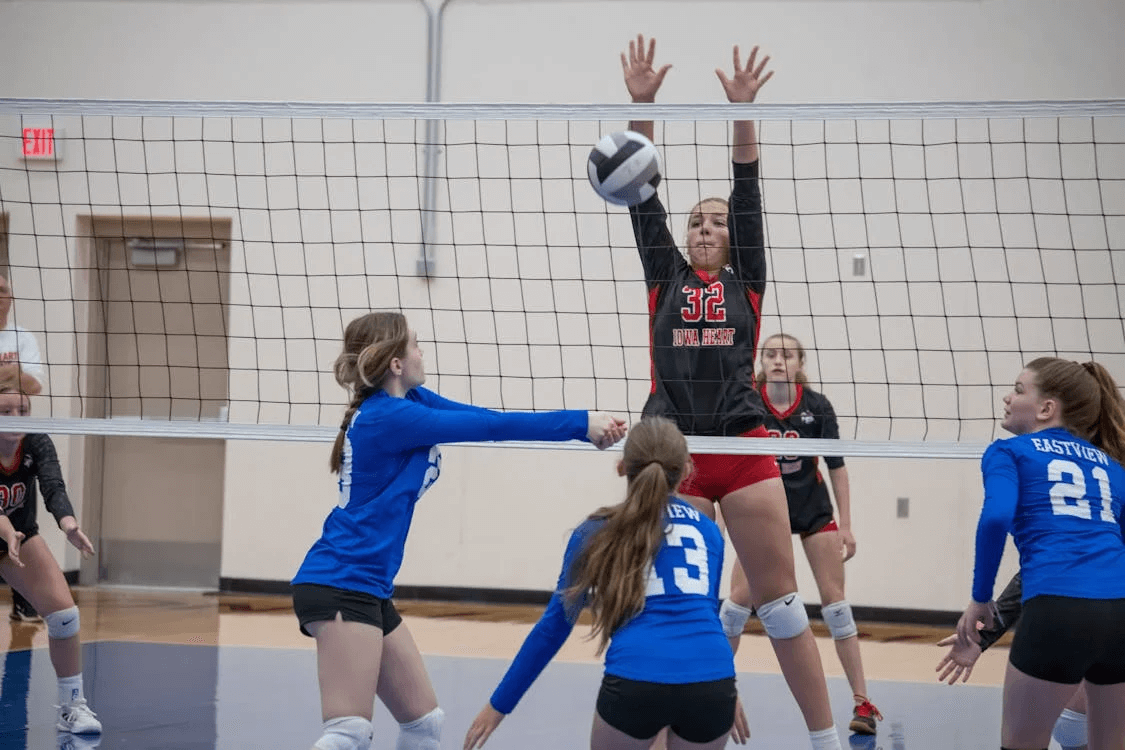Muscles don’t grow in the gym. They grow in recovery. Yet many people stall progress by skipping or rushing through the recovery process. What you do after your workout often determines how strong you feel during your next one. Rest, refuel, and smart recovery strategies are essentials.
You don’t need gimmicks or guesswork to recover effectively. The most reliable methods are simple, science-backed, and easy to build into your routine. With the right approach, you can reduce soreness, improve performance, and stay consistent without burning out.
Prioritize Active Recovery
Active recovery means gentle movement that promotes healing without adding new stress. Walking, swimming, or low-intensity cycling helps increase blood flow, clear out lactic acid, and reduce muscle stiffness. It keeps your body engaged while giving your nervous system a break from high demands.
The day after a tough workout, skipping full rest in favor of light activity can leave you feeling less sore and more mobile. The goal isn’t to train again—it’s to reset. This approach works especially well after strength training or high-impact sessions. Keep intensity low, stay relaxed, and treat it as a recovery tool, not another workout.
Use Targeted Relief Tools
Muscle tension doesn’t always resolve with movement alone. Some people turn to targeted options like foam rolling, massage balls, or a CBD roll on to manage lingering soreness. These tools help loosen tight spots and reduce local inflammation without requiring extra effort.
Topical aids can be useful when specific areas feel overworked or resistant to general recovery methods. A brief massage using one of these tools can calm irritation and encourage better blood flow. While the effect may vary person to person, combining these methods with hydration, nutrition, and sleep often produces better results than relying on a single tactic.
Fuel Your Recovery With Nutrition
After a workout, your body enters repair mode. To rebuild muscle and replenish energy, it needs the right nutrients within a short window—ideally within 30 to 60 minutes. Protein supports muscle repair while carbohydrates restore glycogen stores depleted during exercise. Skipping this step slows recovery and can leave you feeling drained for the rest of the day.
A balanced post-workout meal doesn’t need to be complicated. A protein shake with fruit, eggs with toast, or Greek yogurt with granola all work well. Including anti-inflammatory foods like berries, leafy greens, or omega-3s can further support recovery. Some athletes also add recovery supplements like BCAAs, creatine, or magnesium to cover nutritional gaps or enhance muscle repair. The sooner your body gets fuel, the faster it shifts from breakdown to rebuilding, helping you recover stronger and more prepared for your next session.
Hydrate and Replenish Electrolytes
Training depletes your body’s fluids and essential minerals. Even mild dehydration can lead to fatigue, cramps, and delayed recovery. Rehydrating immediately after exercise helps restore balance, regulate temperature, and support muscle function. Water is the priority, but your needs depend on intensity and duration.
For longer or high-sweat sessions, plain water may not be enough. Replacing lost electrolytes—like sodium, potassium, and magnesium—helps prevent imbalances that can hinder performance and prolong soreness. Coconut water, electrolyte tablets, or a balanced sports drink can do the job. Keep your intake consistent throughout the day, not only right after your workout. Consistent hydration helps your muscles repair faster and reduces the risk of lingering stiffness or tightness.
Get Enough Quality Sleep
Sleep drives nearly every aspect of physical recovery. During deep sleep, your body releases growth hormone, repairs damaged tissue, and resets the nervous system. Cutting sleep short can leave you sore, slow your progress, and increase the risk of injury over time. No recovery strategy matters if sleep is missing.
Aim for 7 to 9 hours of consistent, uninterrupted sleep each night. Wind down with a predictable routine—dim lights, avoid screens, and keep your room cool and quiet. If you’re training hard, sleep isn’t optional. It’s where the real gains happen. Prioritizing rest at night helps you wake up feeling recovered, mentally sharp, and physically ready for whatever your next workout demands.
Know When to Rest
Pushing through fatigue can backfire. Your body needs full rest days to repair tissue, restore energy, and prevent burnout. Skipping rest raises the risk of injury and stalls progress. Recovery doesn’t mean losing momentum—it’s part of building long-term strength and endurance.
Watch for signs you need a break: disrupted sleep, sluggish performance, prolonged soreness, or irritability. These signals often show up before an injury does. Plan rest days into your routine the same way you plan workouts. Prioritize rest without guilt. It keeps you consistent, lowers stress, and helps every session feel more productive. Some people also pair downtime with mindful rituals, whether that’s stretching, journaling, or exploring options like premium live resin to enhance relaxation. Recovery works best when effort and rest stay in balance.
Wrapping Up
Effective recovery is the difference between progress and plateau. Hydration, active movement, smart nutrition, quality sleep, mobility work, and rest all play a role in helping your body heal and grow stronger. Skipping any one of these slows your results and raises your risk of injury.
Build your routine with recovery in mind. The more you support your body after training, the more it will give back in strength, energy, and resilience.



Leave a comment
This site is protected by hCaptcha and the hCaptcha Privacy Policy and Terms of Service apply.